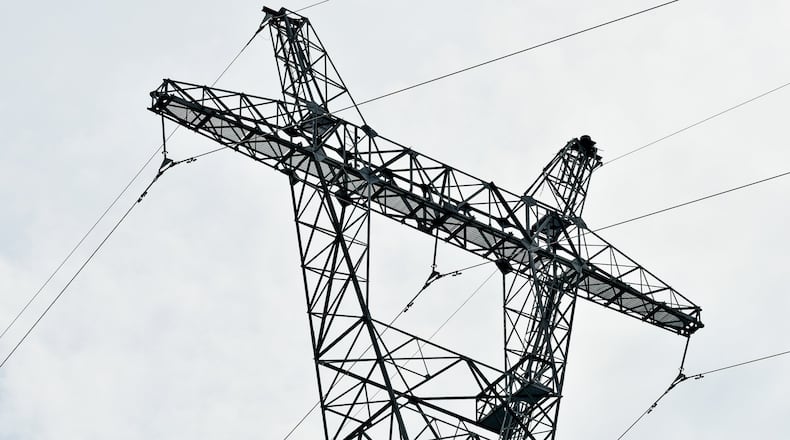Fortunately, said Nathan Perry, Hamilton’s utility business manager for the utility business services division, the city has been able to reduce the impact of those rates by cranking up its natural-gas electric generators to reduce the city’s peak usage periods, upon which the costs for those transmission rates are based.
RELATED: Hamilton program offers energy-efficient light bulbs at deep discounts
Costs of the transmission are based on a community’s yearly highest usage. Perry said the city monitors conditions that boost the need for power, such as heat or cold, and if a peak appears possible, the city will use its natural-gas generators to produce its own power, rather than using electricity from elsewhere, to keep down the need for the transmission during peak periods.
The city may do that a dozen times a year, and typically in the late afternoon to early evening, when electric use in the city is expected to be highest.
AMP President and CEO Marc Gerken recently announced displeasure with the rising transmission costs, arguing part of the costs have been possible because of a “troubling” lack of oversight of electric-transmission projects.
“Investing in transmission infrastructure to ensure a resilient power grid is a legitimate undertaking, and one that AMP and its members support,” Gerken said. “But we’re seeing a troubling increase in projects that lack rigorous independent oversight, along with a steep increase in transmission costs for energy customers.”
“Customers must have the ability to verify that transmission owners are engaging in cost-effective and efficient grid updates and expansion that take into account the future needs of a rapidly evolving industry,” Gerken added.
With rates rising steeply, “We need to be able to tell (customers) why this is happening. Without appropriate oversight and transparency, consumers have no way to tell if these supplemental transmission projects are prudent.”
About the Author
